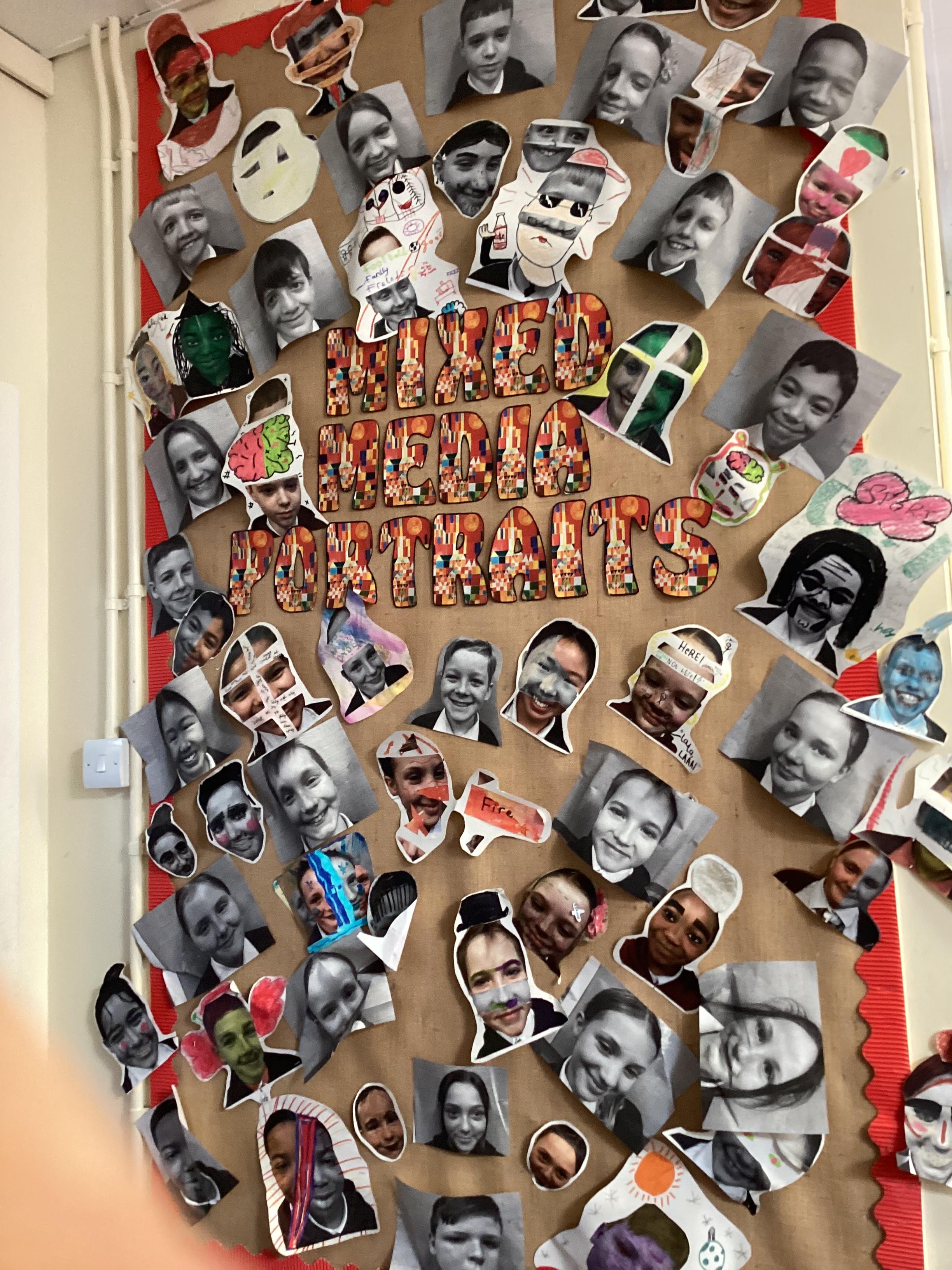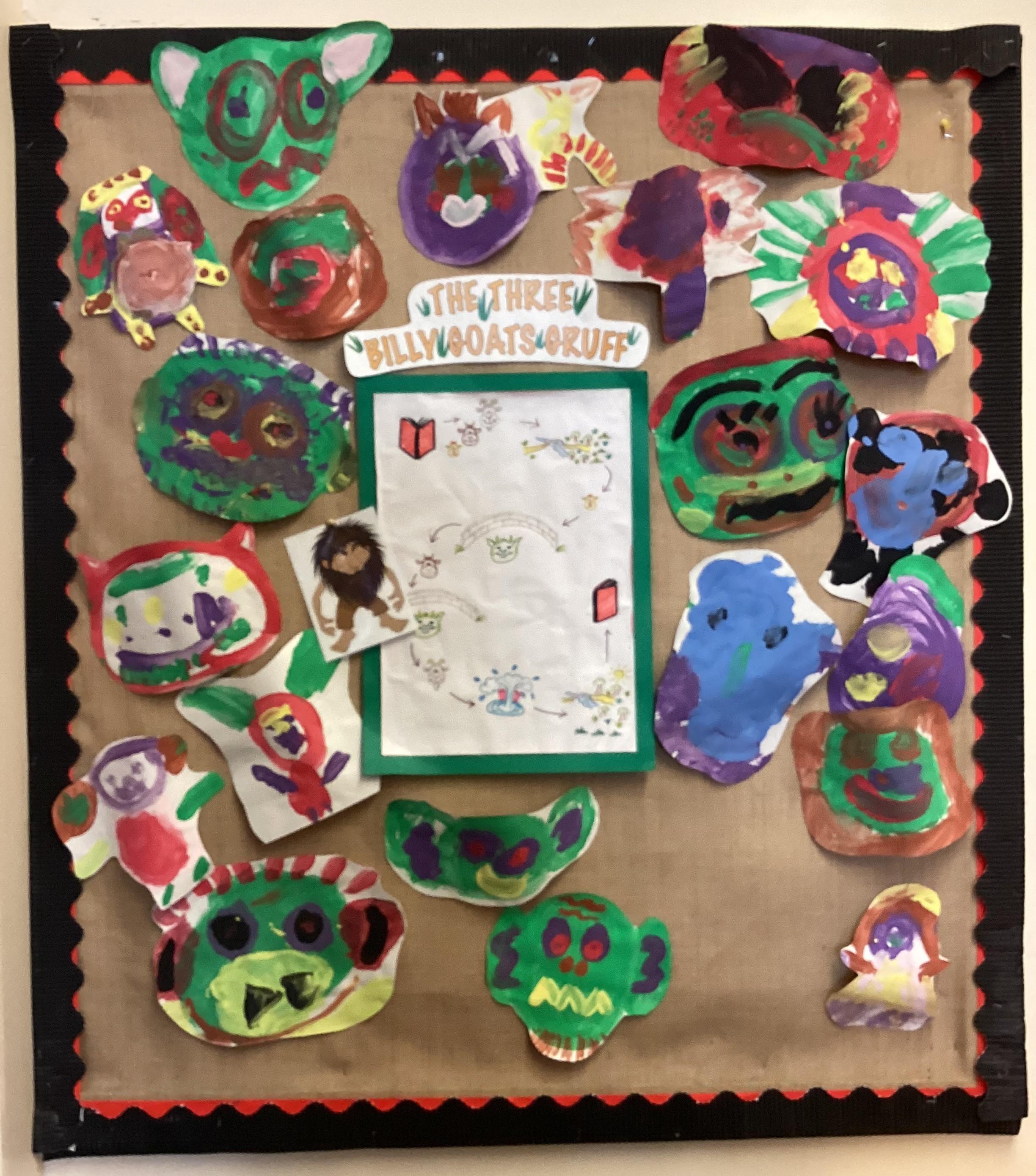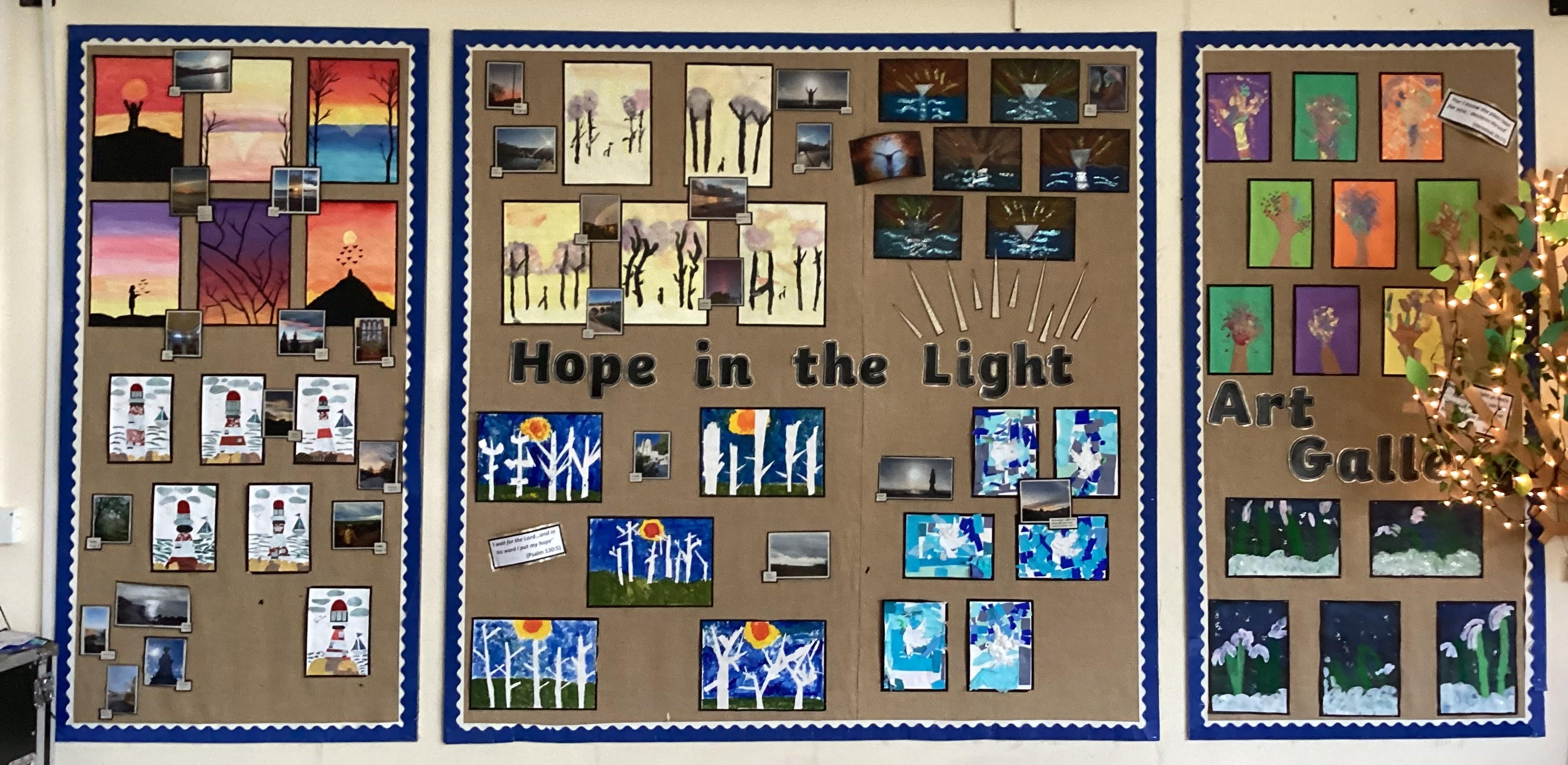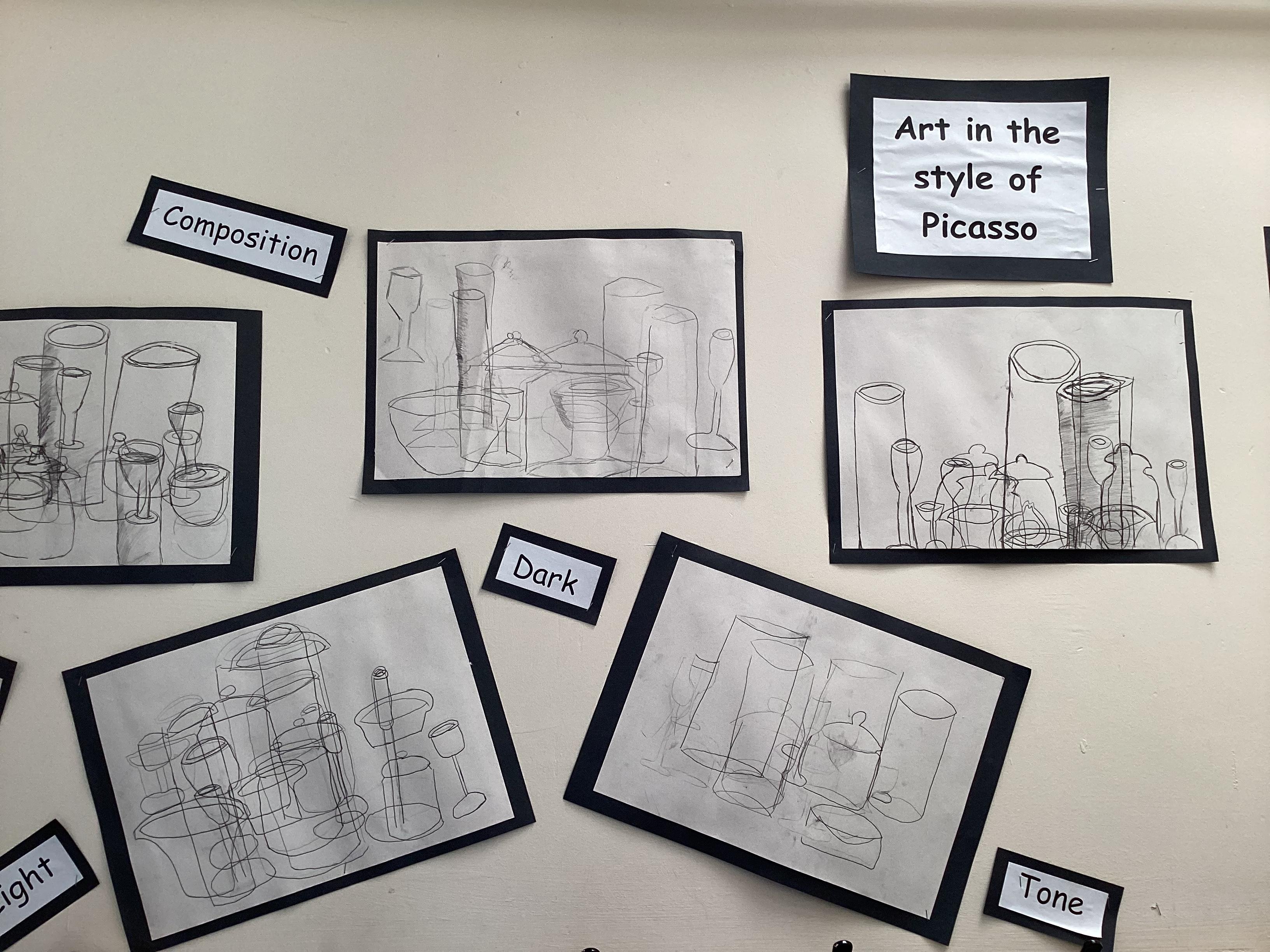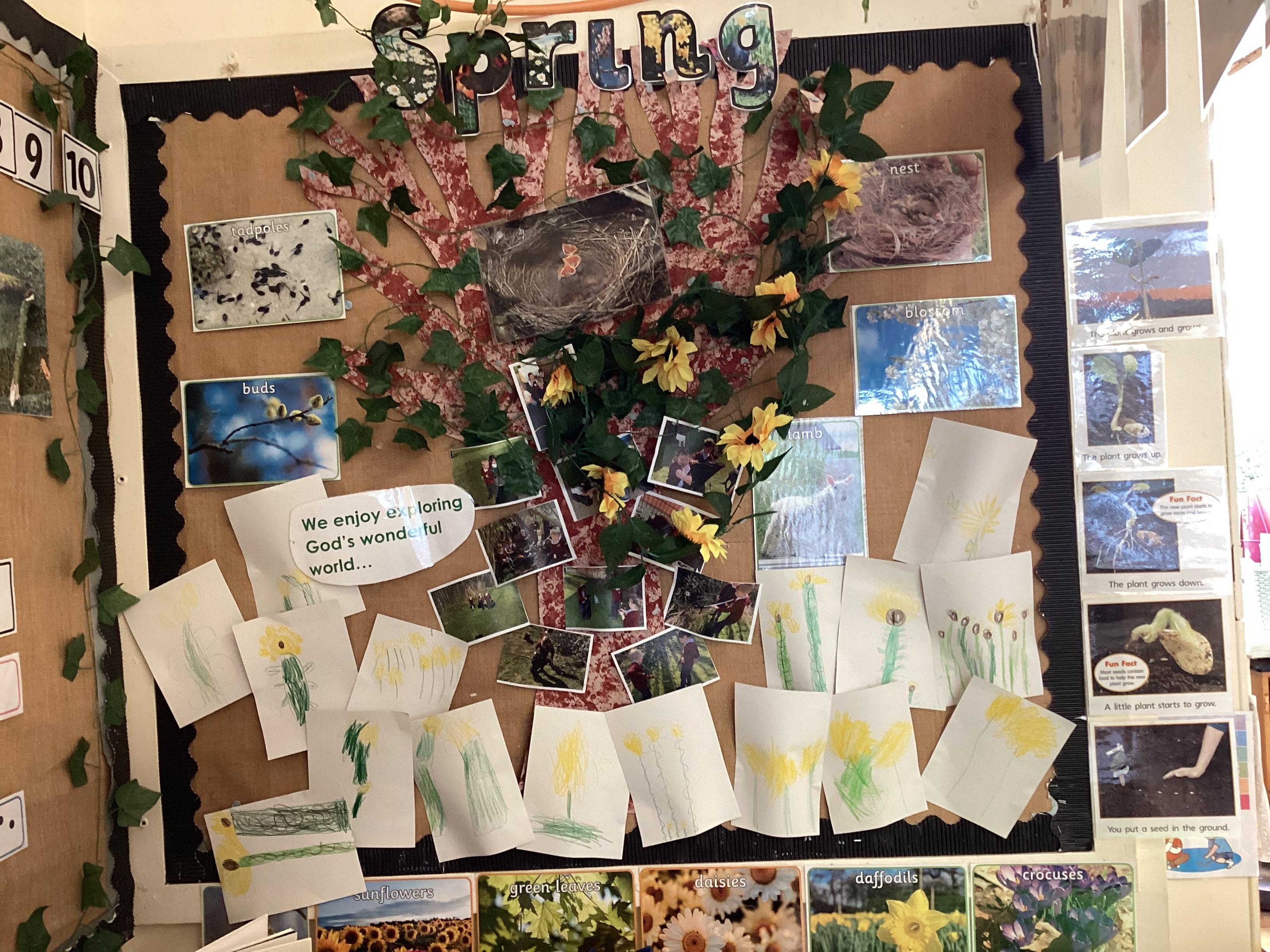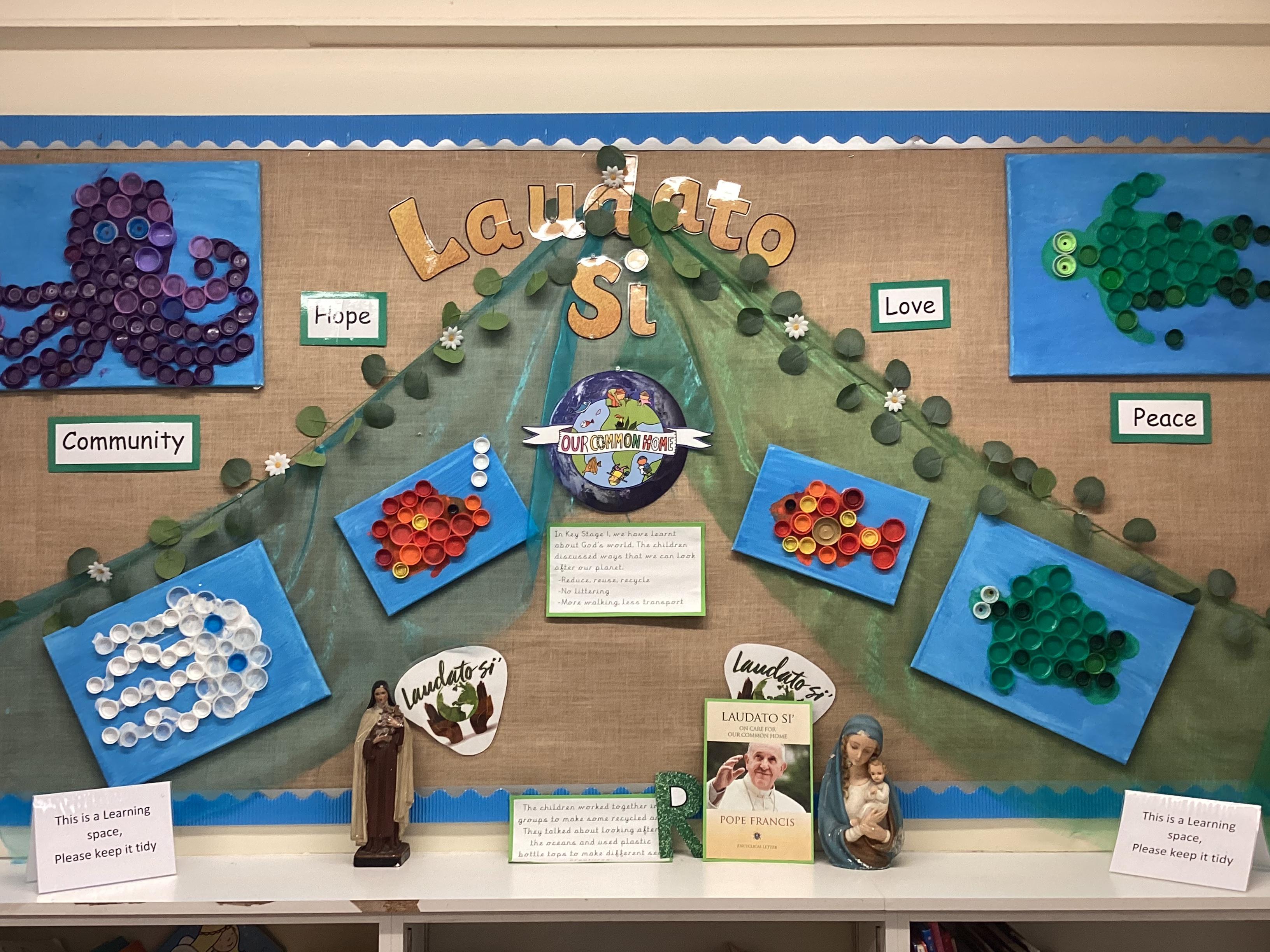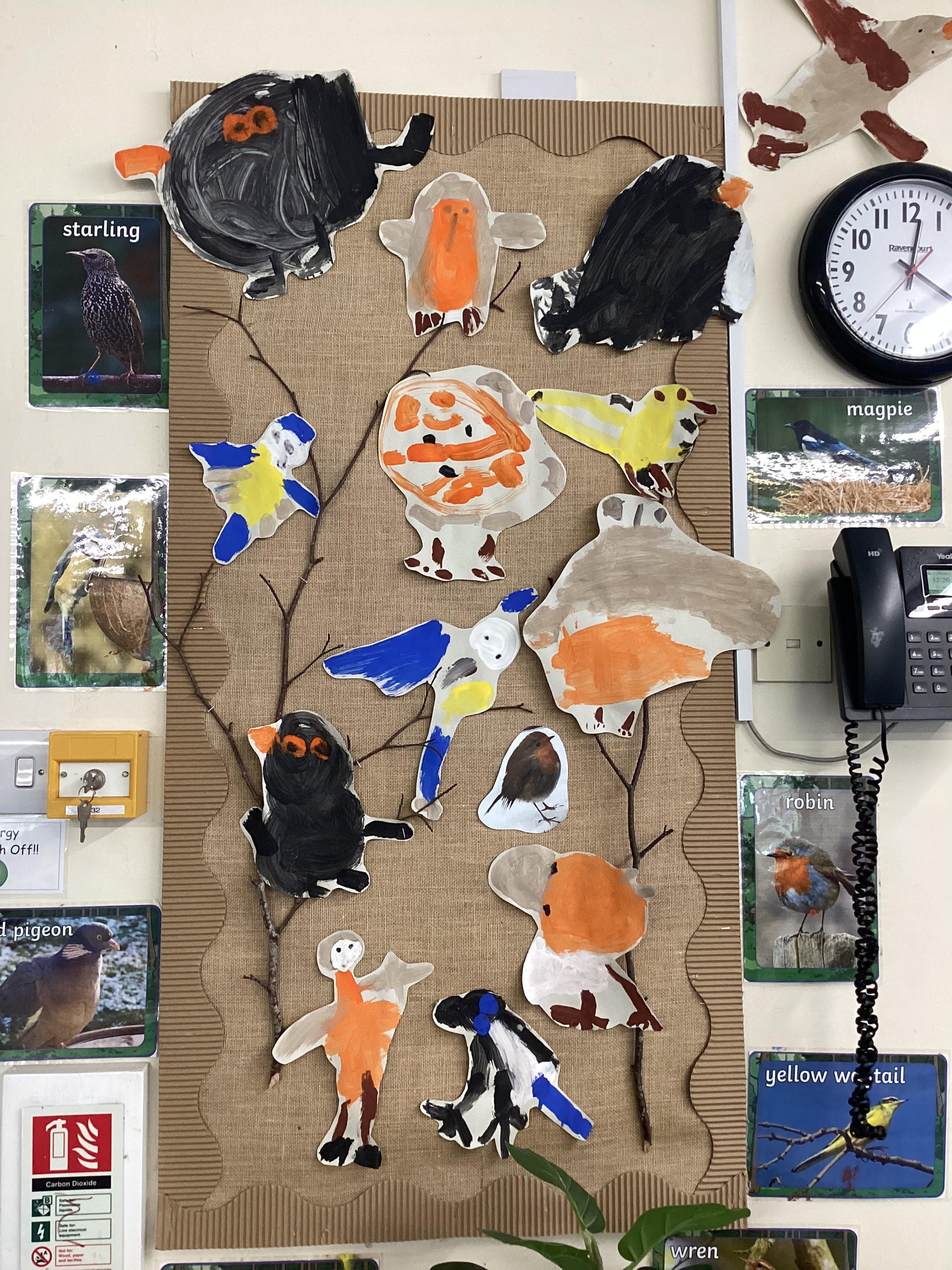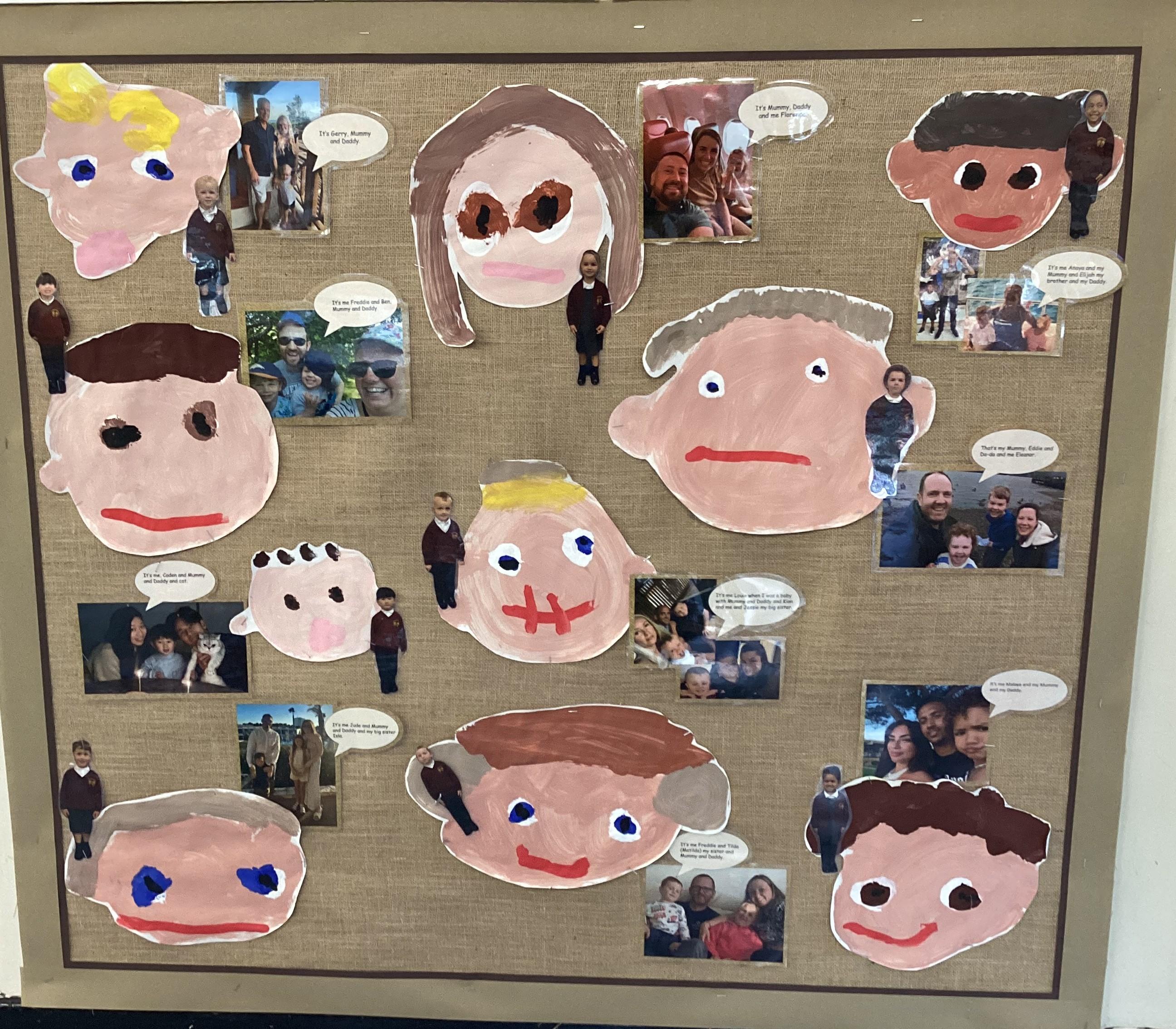Art and Design
Living our Faith, Learning in Love
Overview
At All Saints Catholic Primary School, Art and Design is viewed as a powerful and meaningful form of communication. Rooted in our Catholic ethos, it enables pupils to express their understanding of the world, their inner thoughts, and their faith. Through art, children are invited to engage in spiritual reflection and to use their creativity as a vehicle for prayer, worship, and praise of God.
We teach children that in creating art, we become co-creators with God, imitating His creativity and responding to His presence in the world, helping them to recognise and celebrate the beauty of God’s creation.
We use the National Curriculum for Art and Design as the foundation for our scheme of work and ensure that our teaching is inclusive, inspiring, and rooted in faith. Where appropriate, meaningful links are made across the curriculum to enrich pupils’ learning and encourage a holistic understanding of art in the context of history, culture and worship.
Curriculum Intent
The whole school long-term plan for Art and Design is carefully structured to provide pupils with a wide range of opportunities to explore and develop their creativity through various artistic media. The curriculum ensures full coverage of the National Curriculum for Art and Design and is designed to progressively build skills and knowledge across all phases.
Staff use their subject expertise and understanding of individual pupils to tailor art lessons that are inclusive, inspiring, and reflective of the diversity of human experience.
The aim of this framework is:
-
To help all children explore, appreciate, and respond to the beauty of the world as God’s creation, using art as a means of spiritual and personal expression.
-
To enable pupils to produce creative work, exploring their ideas and recording their experiences.
-
To support pupils to develop confidence and skills in drawing, painting, sculpture, and other art, craft, and design techniques.
-
To develop pupils’ ability to evaluate and analyse creative works using the language of art, craft, and design.
-
To ensure pupils know about a range of artists and understand historical and cultural art.
-
To make meaningful connections with other areas of the curriculum—such as English, mathematics, geography, history, and science—as stimuli and starting points for creative work.
Through this approach, we aim to nurture our pupils as confident, reflective, and expressive artists, celebrating their God-given creativity and enabling them to see art as a valuable and enriching part of their lives and faith.
Curriculum Implementation
Our aim is to develop pupils’ confidence in using a variety of materials, techniques, and processes, while encouraging individuality, creativity, and spiritual reflection. The curriculum is planned progressively, allowing skills, knowledge, and critical thinking to build over time.
Our approach to teaching art is underpinned by the following core principles:
-
Spiritual and Cultural Enrichment – Children explore religious themes, Bible stories, and the lives of the saints through creative media. Projects often reflect values such as compassion, hope, and love, and may be linked to the liturgical calendar.
-
Cross-Curricular Connections – Art is closely linked with Religious Education, History, and English, providing rich contexts for children to respond to key themes and deepen their learning.
-
Exploration of Significant Artists – Pupils study a wide range of artists, with a particular focus on Catholic and Christian art, and consider how art has historically communicated faith and meaning.
-
Practical Skill Development – Children are taught to use a range of techniques (e.g. drawing, painting, sculpture, collage, printmaking, digital media), with increasing control and confidence across each key stage.
-
Creative Process – Emphasis is placed on the process of exploration, experimentation, and evaluation. Sketchbooks are used to develop ideas, practise techniques, and reflect on progress.
-
Visual Literacy and Interpretation – Pupils are encouraged to talk about art using appropriate vocabulary, discussing meaning, style, and symbolism in both their own work and the work of others.
To support high-quality teaching and learning in Art and Design, we implement the following strategies:
-
EYFS Provision – In the Foundation Stage, children are encouraged to express themselves creatively using a wide range of tools and materials. Early art experiences are hands-on, exploratory, and child-led, promoting enjoyment and confidence in mark-making and visual expression.
-
Displays and Environment – Art is displayed prominently across the school, including in classrooms, communal areas, prayer corners, and liturgical spaces. This values children's work, reinforces key themes and contributes to our Catholic identity.
-
Vocabulary Development – Art-specific vocabulary is mapped out progressively and embedded in lessons. Children are explicitly taught the language to describe processes, materials, elements of art and the emotional or spiritual aspects of their work.
-
Reflective Practice – Pupils are encouraged to reflect on their artwork, self-assess, and give constructive feedback to peers. Teachers use questioning and dialogue to deepen children’s thinking and support artistic development.
-
Knowledge Recall – Teachers include regular, informal quizzes and discussions to revisit key concepts, techniques, and artist studies. This supports long-term retention and helps children make connections across topics.
-
Technology Integration – Where appropriate, children use digital tools and software to create and enhance artwork, developing their confidence in both traditional and modern artistic methods.
-
Art Awards and Celebrations – Children are recognised for creativity, effort, and progress through weekly or termly Art Awards. Artwork is also celebrated during school events, class liturgies and exhibitions.
Art and Design plays a vital role in the spiritual, moral, and cultural life of our school. Through creativity, children are encouraged to reflect on God’s world, express their beliefs and feelings and develop an appreciation for beauty, meaning and the contributions of others.
Curriculum Impact
The Art and Design Curriculum at All Saints Catholic Primary will inspire pupils to explore creativity as a gift from God and as a way to express their thoughts, feelings, and faith. Through a rich variety of artistic experiences, children will develop confidence in using a range of materials, techniques, and styles, while learning to appreciate beauty in God’s creation and in the works of others. Children will study great artists and designers from different cultures and periods, encouraging them to value diversity and celebrate human creativity as a reflection of God’s image in us.
This approach will make art and design engaging, meaningful, and memorable, nurturing children to become reflective, imaginative, and compassionate individuals. Art will have a visible and valued presence across the school through vibrant displays, exhibitions, liturgical artwork, performances and assemblies. The subject will also foster community links, with parents, carers, and grandparents encouraged to participate in creative activities and share their own artistic gifts, reinforcing the message that creativity connects us to one another and to God.
Assessment
Assessment for Learning in Art and Design ensures that all pupils are supported to make progress, develop their creativity, and achieve their full potential. It informs planning, identifies next steps, and values both the creative process and the final outcomes.
Assessment strategies include:
- Ongoing formative assessment through observation, questioning and verbal feedback during lessons.
- Regular pupil voice and opportunities for self and peer evaluation to promote reflective thinking.
- Sketchbooks used to record ideas, practise techniques, explore media and reflect on progress.
- Evaluation of final pieces, considering intent, use of techniques and expression of theme or meaning.
- Subject monitoring, including book looks, planning scrutiny, and learning walks to ensure consistency and progression.
- Cross-curricular knowledge checks and informal quizzing to revisit key artists, styles and vocabulary.
- Termly tracking and moderation using clear progression frameworks for skills, techniques and understanding.
Our approach values creativity, self-expression, and visual communication, ensuring that assessment supports each child in becoming a confident, reflective and expressive young artist.
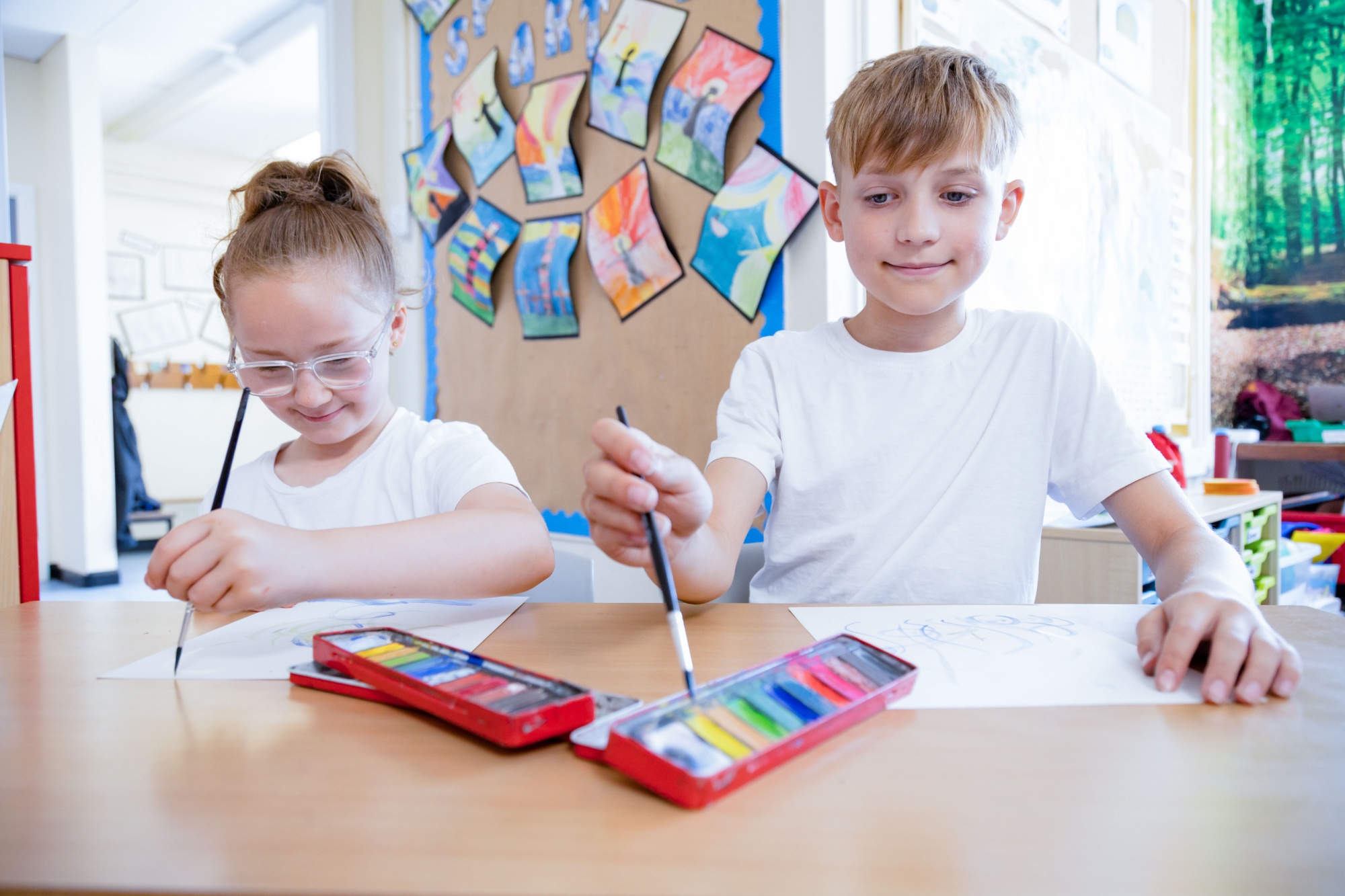
Early Years
In line with the Development Matters guidance, our EYFS department supports the development of foundational skills for Art and Design within the area of Expressive Arts and Design. Children are prepared for Year 1 by exploring creativity as a precious gift from God and by developing specific skills and knowledge that lay the foundation for future artistic learning.
Communication and language are central to deepening children’s understanding of art, so to enhance this, we use stories, pictures, natural objects, and opportunities for discussion about their own creations and the world around them. Carefully planned provisions develop children’s artistic vocabulary and encourage them to observe, describe, and reflect on their experiences.
Key vocabulary such as ‘colour’, ‘shape’, ‘texture’, ‘pattern’, and ‘design’ is introduced and used consistently with the children, helping them to articulate their ideas and feelings about their work and God’s beautiful creation.
Special Educational Needs Disability (SEND)
At All Saints’ Catholic Primary School, we are committed to ensuring that all children have access to a broad and balanced Art and Design curriculum that meets their educational, emotional, and social needs.
All pupils receive Quality First Teaching in Art, with lessons designed to inspire creativity, self-expression and confidence. Children with identified SEND or those in receipt of Pupil Premium funding may access work that is additional to or different from that of their peers, enabling them to engage fully with the curriculum and make meaningful progress.
Teachers use a range of inclusive strategies - aligned with the school’s SEND policy - to ensure accessibility. These include:
- Adaptive teaching approaches, such as breaking down tasks, offering choice of media, or providing additional support;
- Carefully selected resources that are accessible and engaging for all learners;
- Visual aids, modelling, and step-by-step demonstrations to support practical skill development;
- Encouragement of individual response, recognising that personal expression is central to success in art.
Through varied provision and a supportive, inclusive environment, all children are given the opportunity to explore, create, and achieve in Art and Design.
Where is God in Art?
- In Creation: Pupils are taught to observe the natural world as a reflection of God’s beauty and order. Art lessons often draw inspiration from nature, seasons and the environment, leading to awe and reverence.
- In Expression: Through visual expression, pupils explore feelings, biblical stories and spiritual themes, deepening their personal relationship with God.
- In Spirited Art: Pupils study traditional and contemporary religious art, including icons, stained glass and Christian symbolism, understanding how artists glorify God through their work.
- In Reflection: Art is used as a tool for prayer, and reflection during the liturgical year (e.g., Lent, Advent), helping children to connect with God in a visual and tactile way.
- In Community: Art fosters collaboration and shared creation, mirroring the unity of the Body of Christ. It is used in school displays, worship spaces and community events to celebrate faith and identity.
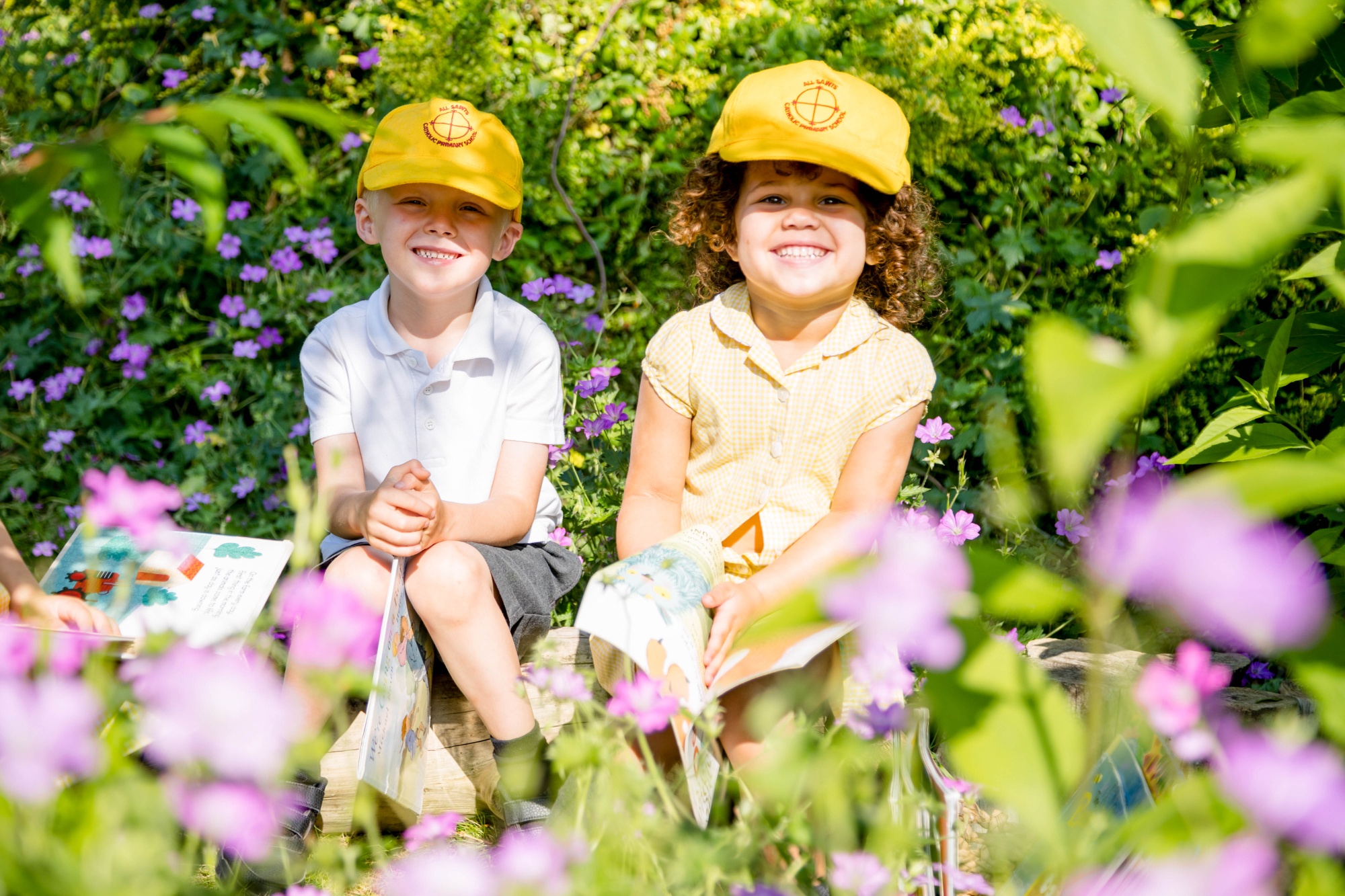
Art & Design Curriculum Overview
Art & Design Documents

